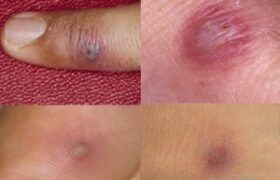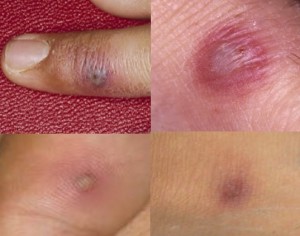Toxic people can be challenging to deal with, but it’s essential to remember that everyone has the potential to behave in toxic ways at times.
However, if someone consistently engages in toxic behaviors like gaslighting , the first is to identify and then step to manage.
Gaslighting is a form of manipulation where someone makes you question your own perception of reality. It can be challenging to recognize, but once you’ve identified it, you can take steps to protect yourself.
First, it’s essential to identify the toxic behavior. Gaslighting can manifest as denying that something was said or done, blaming you for their own actions, or making you feel like you’re going crazy. Once you’ve identified it, you can take the following steps:
1. Set clear boundaries: Communicate clearly and assertively about what behavior is acceptable and what is not. Be firm but respectful.
2. Practice self-care: Engage in activities that nourish and support your physical, emotional, and mental well-being.
3. Seek support: Reach out to trusted friends, family, or a mental health professional for guidance and encouragement.
4. Consider limiting or eliminating contact: If the toxic behavior persists despite your efforts to address it, it may be necessary to limit or eliminate contact with the person.
source: oxford-handbook-of-psychiatry


